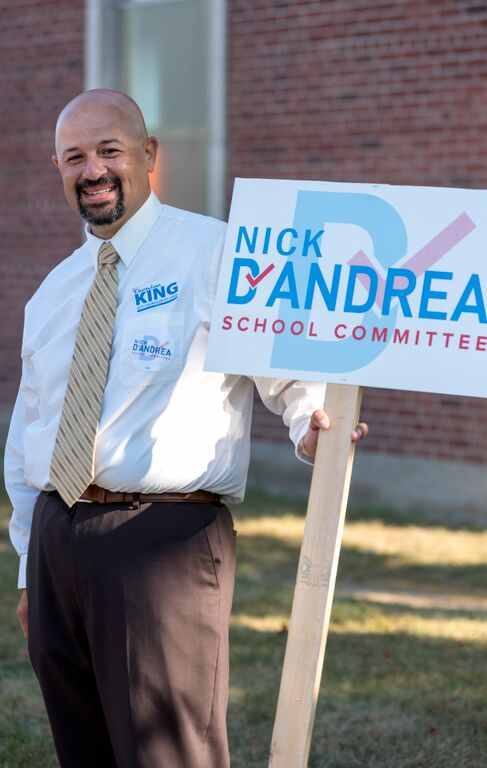The Hidden Gem – Dual Enrollment
 I read an interesting statistic a few weeks ago, and it somewhat validated a belief that I have had for a while. The statistic was 40 percent of college freshman have to take remedial classes[i]. I thought it was a high number, so I read the study (done in 2006) further. The number includes both two-year and four-year colleges; it raises some concern regarding the preparedness of our students. This study confirmed a concern that I have had for a while; are we truly preparing our students for college?
I read an interesting statistic a few weeks ago, and it somewhat validated a belief that I have had for a while. The statistic was 40 percent of college freshman have to take remedial classes[i]. I thought it was a high number, so I read the study (done in 2006) further. The number includes both two-year and four-year colleges; it raises some concern regarding the preparedness of our students. This study confirmed a concern that I have had for a while; are we truly preparing our students for college?
It was concerning to see that over seventy percent of Worcester Public School Teachers feel that they lose valuable instructional time to state testing. High stakes testing has been a burden on preparing students for life after high school for quite some time.
Because too many students are not learning the basic skills needed to succeed in college or work while they are in high school, the nation loses more than $3.7 billion a year. This figure includes $1.4 billion to provide remedial education to students who have recently completed high school. In addition, this figure factors in the almost $2.3 billion that the economy loses because remedial reading students are more likely to drop out of college without a degree, thereby reducing their earning potential.[ii].
That is a high number of productivity lost that we can fix easily with programs we already have in place.
It is my opinion that widely promoting and expanding the Dual Enrollment Program in the Worcester Public Schools will help us move towards getting our high school students ready for college. For those who don’t know, the Dual Enrollment Program, which is available in Worcester Public Schools, allows high school students to take college courses, at one of the colleges in the city, and receive both college and high school credit. We have nine colleges in Worcester, so the opportunity to expand this program is not only feasible, it is abundant.
At a Career and College Readiness Leadership Summit, ironically held at Holy Cross in Worcester, some states reported the following benefits of an expanded Dual Enrollment Program:
- Dual enrollees were 16.8 percent more likely to enroll in college.
- Dual enrollees who enter college are more likely to continue for a second semester, be enrolled two years after high school, and have higher first-year and cumulative GPA’s.
- Dual enrollees earn more college credits
- In three years after high school they had earned 15.1 more credits on average than non-participants.
- In terms of GPA and college credit earned underrepresented college students benefit more from their participation than other participants.
- Dual enrollees earn more credit by the end of the first year of college.
Other added benefits are:
- Students get an idea of what college coursework would be like. By taking some college level courses they can get used to the academic environment
- It can give students a deeper look at their area of academic interest. A student taking an AP Math course as a junior could take a Macroeconomics course as a senior, and get college credit for it.
- It can also help in students in declaring majors earlier and without pressure
I tried to find out what courses and at what schools our dual enrollment covers and there wasn’t much info there, from the WPS, the local colleges and HECCMA (Higher Education Consortium of Central MA).
I believe that as part of the marketing campaign that was recently announced by the School Committee, they should take a deeper look at promoting this program. Also, they should work with the local colleges and universities on widening their class offerings. They don’t pay taxes to the city, the least they could do is take some of our students and help shape their minds for life after high school.
This may help with the exodus of middle and high school students to other districts and or private schools.
The tools are there and when elected to the Worcester School Committee I will work to make this program great. Strong Community + Strong Schools = Stronger, Greater Worcester.
[i] Alliance for Excellent Education. (2006, August). Paying double: Inadequate high schools and community college remediation. (ERIC Document Reproduction Service No. ED510936).
[ii] Alliance for Excellent Education. (2006, August). Paying double: Inadequate high schools and community college remediation. (ERIC Document Reproduction Service No. ED510936). – See more at: http://www.racetonowhere.com/research#sthash.1BPQxEaY.dpuf
